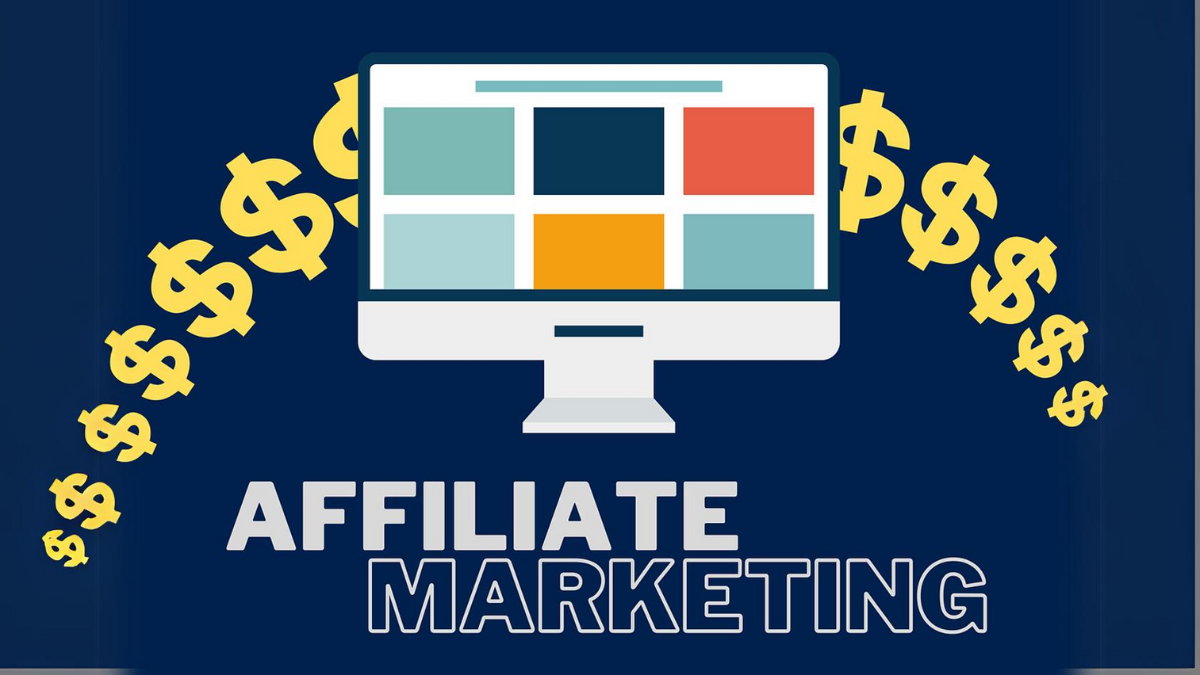Marketing in the dark ages was more of an art than a science, along with a healthy dose of luck and some hearty optimism.
Think Mad Men, with a group of people poring over their storyboards and wondering if it would reach the right audience.
Fortunately, marketing has evolved, and marketers know more about their audience than ever before.
They can target specific groups of people with more relevant messages that provide a better customer experience. They can also track the success of these messages, seeing who they resonate with and deciding to engage more with this group of people.
This idea of targeting a specific group of people — rather than employing so-called “spray and pray” techniques — is known as direct marketing.
Overview: What is direct marketing?
Direct marketing — just like direct sales — cuts out the middleman and speaks directly to customers.
In contrast with mass marketing, which targets a larger audience of unknown people, direct marketing targets a specific group of customers directly. It’s also sometimes known as direct response marketing.
Types of direct marketing
Marketing channels fall in and out of fashion all the time, but there are some go-to direct marketing methods you can use to engage with customers. Let’s open the first page of our marketing 101 textbook and take a look at the types of direct marketing channels.
1. Direct mail
Direct mail marketing refers to any kind of catalog, postcard, or leaflet that comes through your door in the mail.
It’s a traditional marketing method that is falling out of favor due to the high costs of printing materials and the difficulty in measuring return on investment (ROI) — especially when compared to digital marketing channels.
Often, companies will target these mailings according to a set geographical location, whether they’ve had interactions with the people living there or not.
A more effective approach is to use account-based marketing to target people who have already subscribed to your mailing list, as you can personalize the message.
2. Telemarketing
This can be a great way to generate a large number of new leads, but only if used correctly.
Instead of cold calling a bunch of potential customers with no interest in your product or service, you should target a highly specific audience based on the profiles you’ve built of your target audience.
It’s important to use skilled, experienced marketers capable of generating interest in what you’re selling. This will lead to much better results and much happier customers.
Some companies use telemarketing successfully, but like direct mail, telemarketing is another marketing channel that’s losing ground to digital marketing methods.
3. Email marketing
Email marketing is an incredibly effective channel that produces great results, but it does require finessing if you want to generate ROI.
In days gone by, marketers would employ a technique called “batch and blast” and send every single email they produced to everyone on their email list.
Now, marketers can use email marketing software to group customers into segments defined by characteristics.
This could include sending a specific email newsletter to subscribers that have already made a purchase are based in a certain location, or only want to hear from you on Sundays. It could also influence how you start an email to certain groups of recipients.
This ensures customers only receive emails that are relevant to them.
4. SMS marketing
Most of us are a little too attached to our cell phones, barely letting them out of our sight. But this can prove advantageous for marketers as they can send time-sensitive promotions or information about events to customers via SMS.
You can choose to send these messages to the same segments as your email lists, ensuring customers only receive information relevant to them.
5. Display ads
The key to making display ads work for your business is to make them as highly targeted as possible, and go beyond basic gender and age group profiling.
Displaying ads for baby products to everyone in their late 20s is just annoying. Instead, you need to get more granular and use all of the information you have collected on your customers to tailor these ads to their preferences.
Ways direct marketing can affect your business
If you’re running your direct marketing campaigns correctly, you should be connecting with people who can genuinely benefit from your product or service.
It takes some work to find those people and understand what they want to hear and see from your business, but it pays off in the end.
You can target a specific audience
Quality always beats quantity when it comes to generating leads. While mass-media marketing or advertising will reach more people, it’s also more likely to result in poorer-quality leads and a lower ROI.
When you speak directly to your target audience, you won’t have to spend so much time qualifying leads, as they will already have an interest in your product or service.
There’s a higher chance they’ll react positively and you’ll be able to nurture them through the marketing funnel to eventually make a sale.
It allows you to build better relationships with customers
Whether it’s someone who has only just signed up to your marketing list or a long-term customer, everyone wants to feel like a company is making an effort to get their business and will work hard to ensure you stay loyal.
By tailoring your marketing campaigns to speak directly to customers, you can establish more personal relationships and find out more about them.
You can then use this information to further tailor and optimize your future direct marketing campaigns.
You can measure ROI more easily and accurately
Marketing budgets are shrinking, which means every dollar spent counts more than ever, and you need to be able to show that your campaigns are producing results.
Mass marketing is hard to measure, which makes it more difficult to track ROI.
With direct marketing, you can keep track of which leads have come from which campaigns, and which have led to a sale. You can then compare the amount of money you’ve spent on each campaign to see which channels have provided the best results overall.
You can improve your campaigns
By communicating directly with customers, you can get their feedback on your campaigns. This includes the kind of information they’d like to receive from you and the channel through which they’d prefer to be contacted.
You can then use this information to inform future campaigns, excluding people when communicating on certain channels or sending specific information.
The more information you get from your customers on their preferences, the more you can optimize campaigns to drive better results.
How to manage a successful direct marketing campaign
While there is no one-size-fits-all approach to creating a direct marketing campaign that works, here are some digital marketing tips that can increase your chance of success.
Tip 1: Constantly test and optimize campaigns
One of the key rules when it comes to direct marketing is to do what is best for the needs of your specific customers.
Just because Walmart and Staples have run very successful direct mail campaigns doesn’t mean it will work for your business.
To find out what will work, you need to be always testing campaigns and tactics and measuring what works.
If you get your best results from email marketing campaigns, then do more of that. If in six months, your email clicks and opens have taken a hit, try display ads.
Tip 2: Include a CTA
No matter what stage your customers are at — whether they’re ready to buy or they’ve just discovered your brand — you need to include a call to action (CTA) in all your messaging.
Customers need a reason to respond and a way to do it if you want to get results. Otherwise, even the most well-designed marketing campaigns will fall flat.
This is part of what’s known as direct response marketing, which aims to provoke an immediate response or action from the customer.
Examples of CTAs include:
- Visit us in store
- Sign up to our newsletter
- Make a purchase
- Like us on social media
- Enter our competition
Tip 3: Try marketing automation software
If you want to be able to easily track the success of your campaigns and know which channels and messages are resonating with your customers, then you need marketing automation software.
This can help you optimize your campaigns and understand which types of direct marketing work best for your business.
There are many different types of marketing software you can use, from email marketing to CRM software, that allow you to test these different approaches.
Taking an omni-channel approach
There is no one direct marketing method that’s better than another; it all depends on what works for your business and what your customers want.
But one of the most effective tactics is to take an omni-channel approach and mix up the methods so they complement each other.
For example, you could send a direct mailer asking people to sign up to your email newsletter. You could then use your email newsletter to send out news and product information, but use SMS to contact your customers about sales.
The only way to know what works is to track as much as you possibly can, and use that data to inform your campaigns.




